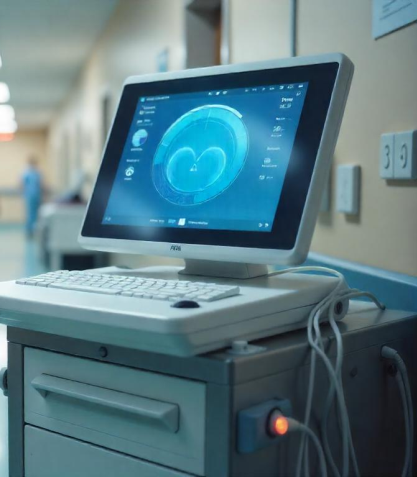
Professional Surgical Procudure
- TESA (Testicular Sperm Aspiration)
- PESA (Percutaneous Epididymal Sperm Aspiration)


Frequently Asked Questions (FAQs) about Surgically Removed Sperms
What does it mean to have sperm surgically retrieved?
Surgical sperm retrieval involves obtaining sperm directly from the testicles or epididymis when it is not present in the semen, often due to a blockage or absence of sperm production. This procedure is commonly used in assisted reproductive treatments like IVF or ICSI.
When is surgical sperm retrieval recommended?
It is recommended for men with obstructive azoospermia (blocked or absent vas deferens), failed vasectomy reversals, non-obstructive azoospermia (very low sperm production), or when previous attempts at sperm collection through ejaculation have failed.
What surgical methods are used to retrieve sperm?
Common methods include TESA (Testicular Sperm Aspiration), TESE (Testicular Sperm Extraction), and PESA (Percutaneous Epididymal Sperm Aspiration). The choice of method depends on the cause of infertility and the recommendation of the fertility specialist.
Is sperm retrieval painful, and what is the recovery time?
The procedure is typically done under local or general anesthesia, so you won’t feel pain during the surgery. Mild discomfort, swelling, or bruising may occur afterward, with most patients recovering within a few days.
Can surgically retrieved sperm be frozen for future use?
Yes, in many cases, retrieved sperm can be frozen (cryopreserved) and stored for future use in fertility treatments. This can reduce the need for additional surgical procedures.

